Shanling EC Zero T Portable CD Player Review – R2R Spinning At Your Side
Shanling EC Zero T is a $589 USD R2R CD Player, USB DAC and Headphone Amplifier designed with what I consider to be one of the smartest, most insanely useful feature sets of all times for audiophiles. We have R2R DAC chips, Tube AMPs, OS and NOS modes, Dual JAN6418 Tube TPA6120 Headphone outputs, and up to 1120mW of power for a 32 OHM impedance. Today we review the EC Zero T which also has a built-in 5500mAh battery, and we will study how it compares to other high-end DAC AMPs including JDS Labs Element IV (549 USD), Rose Technics RT-5000 (699 USD), and Burson PlayMate2 (544 USD).
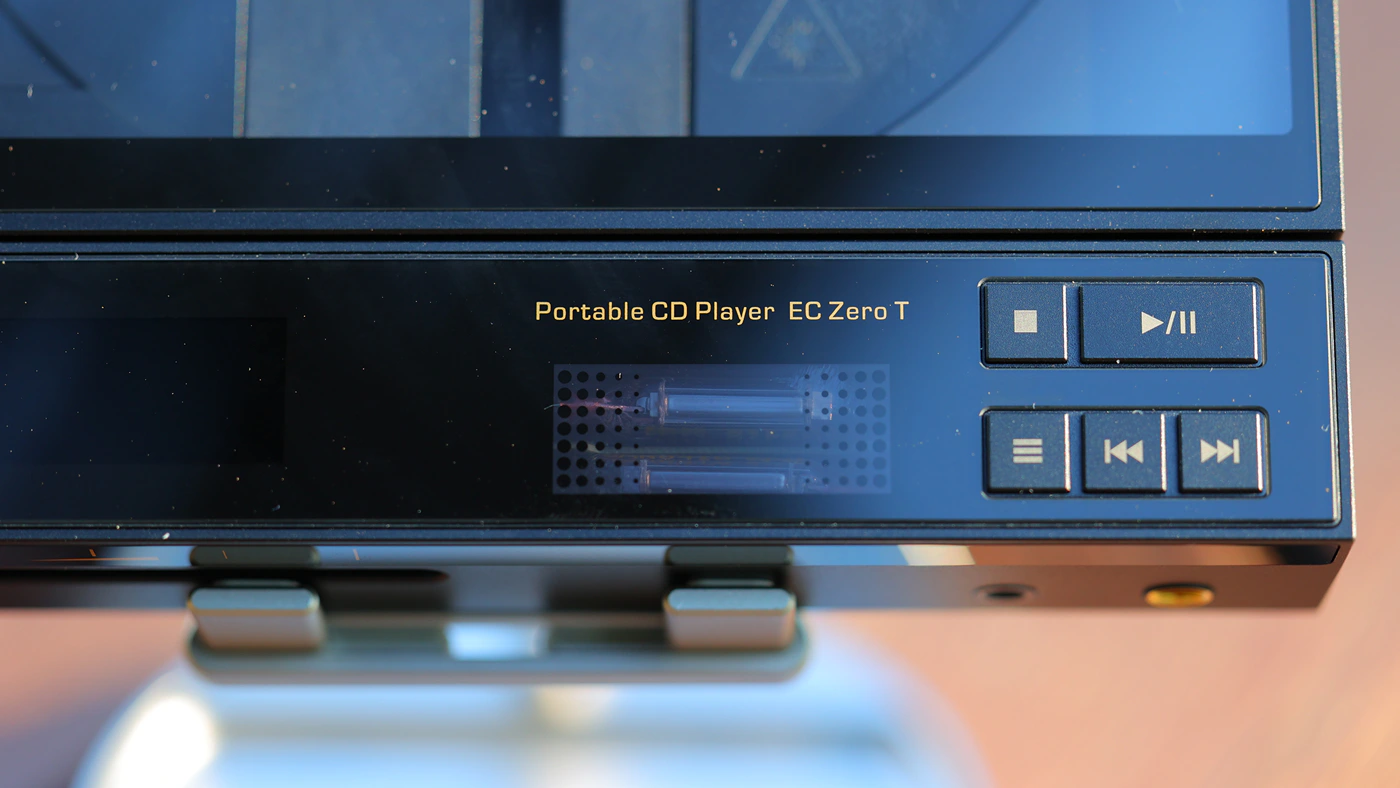
Introduction
Unique is not quite enough of a word to describe the Shanling EC Zero T and its design, as this is a one-of-a-kind type of product even for the audiophile world. We have all of the best and most wanted techs embedded into one unit, and it is all provided by Shanling, a popular company in the high-end range, but with a large number of high-quality affordable products available on the market as well. Shanling products can be found on Amazon, Chifi Sale channels, Aliexpress and many HiFi shops across the world.
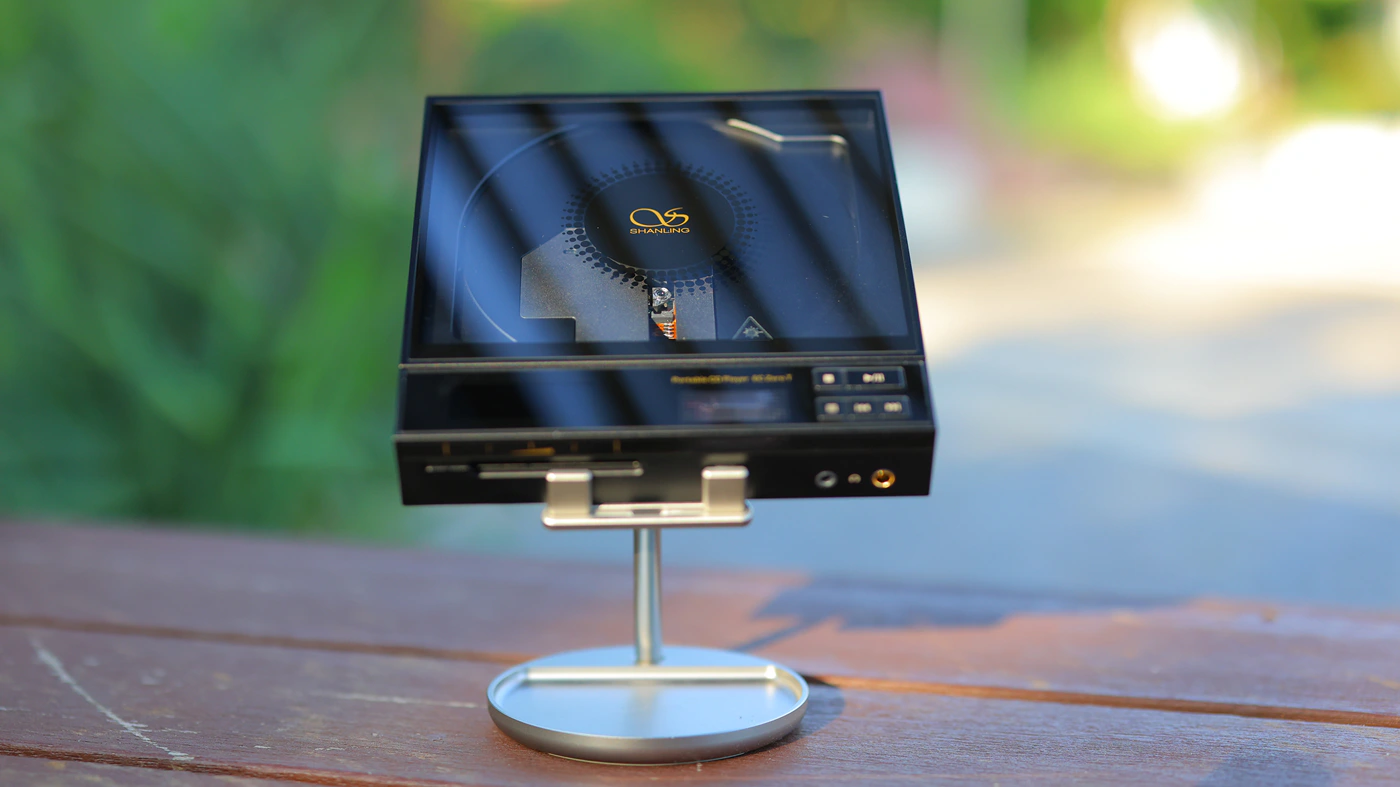
As an Amazon Influencer, I earn from qualifying purchases, and using the purchase links in my reviews helps me maintain this website and Youtube Channel. Audiophile-Heaven has no Ads and our Youtube Channel has no midroll ads, and our work is supported by Affiliate Links and Donations. Huge thanks to Shanling for providing the sample for this review, in exchange for my honest opinion.
Product Link
Amazon – https://amzn.to/45R5eGr
Aliexpress – https://s.click.aliexpress.com/e/_okQRt4h
Build Quality – Design
When having to study such a complex product, it is hard to know where to even start, but at its core Shanling EC Zero T is a very powerful CD Player that has many other features. It is basically a portable CD Player with battery power, and has advanced anti-shake and anti-skip systems, along with an R2R DAC chip at the core. This is a top-loading design where you can open it at any time and change the CD, but with it working flawlessly even while the CD is spinning, even if you’re moving, as we’ve seen at high-end Munich 2025.
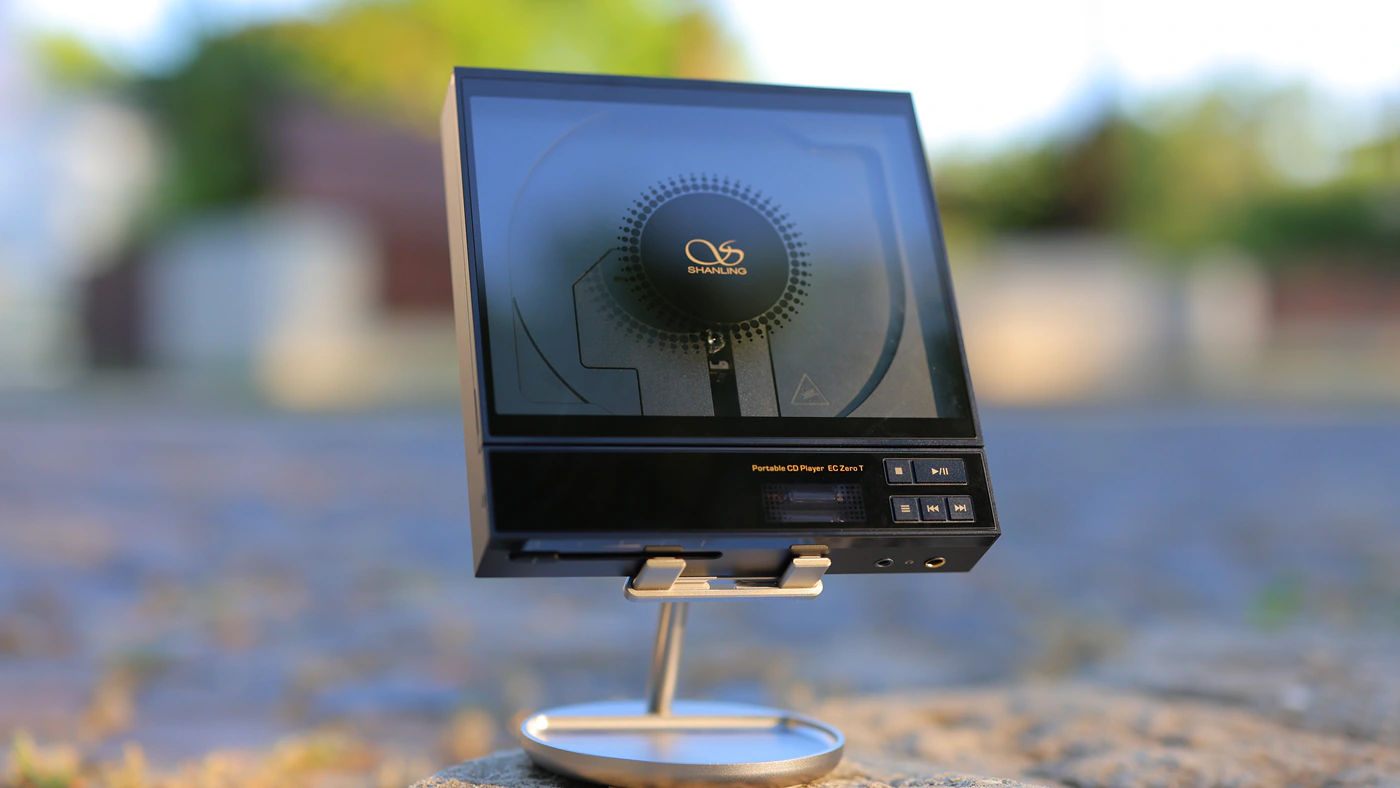
To complement the idea of a modern CD Player, Shanling uses an in-house developed R2R DAC Module featuring 192 0.1% precision resistors, and offers both Non-Oversampling and Oversampling modes, so NOS and OS. This is part of the Kunlun ladder-resistor DAC, and it offers full 24-Bit decoding. With Dual JAN6418 Tubes and TPA6120, the headphone amplifier is powerful, and those JAN6418 micro triodes are the same as those found in the flagship Shanling M8T music player, and also in the iBasso AMP16 Module for DX340 designed with a dual JAN6148 Tube at the core as well.
Disc transport is provided with the aid of active magnetic clamping-schewing mechanical hubs, and a bespoke CD transport and servo mechanism that continuously optimizes laser tracking. With a palladium plated alloy motor, this mechanism can ensure constant torque and stability even with vibrations from walking and even running, thanks to the industrial-grade calibration and precision.
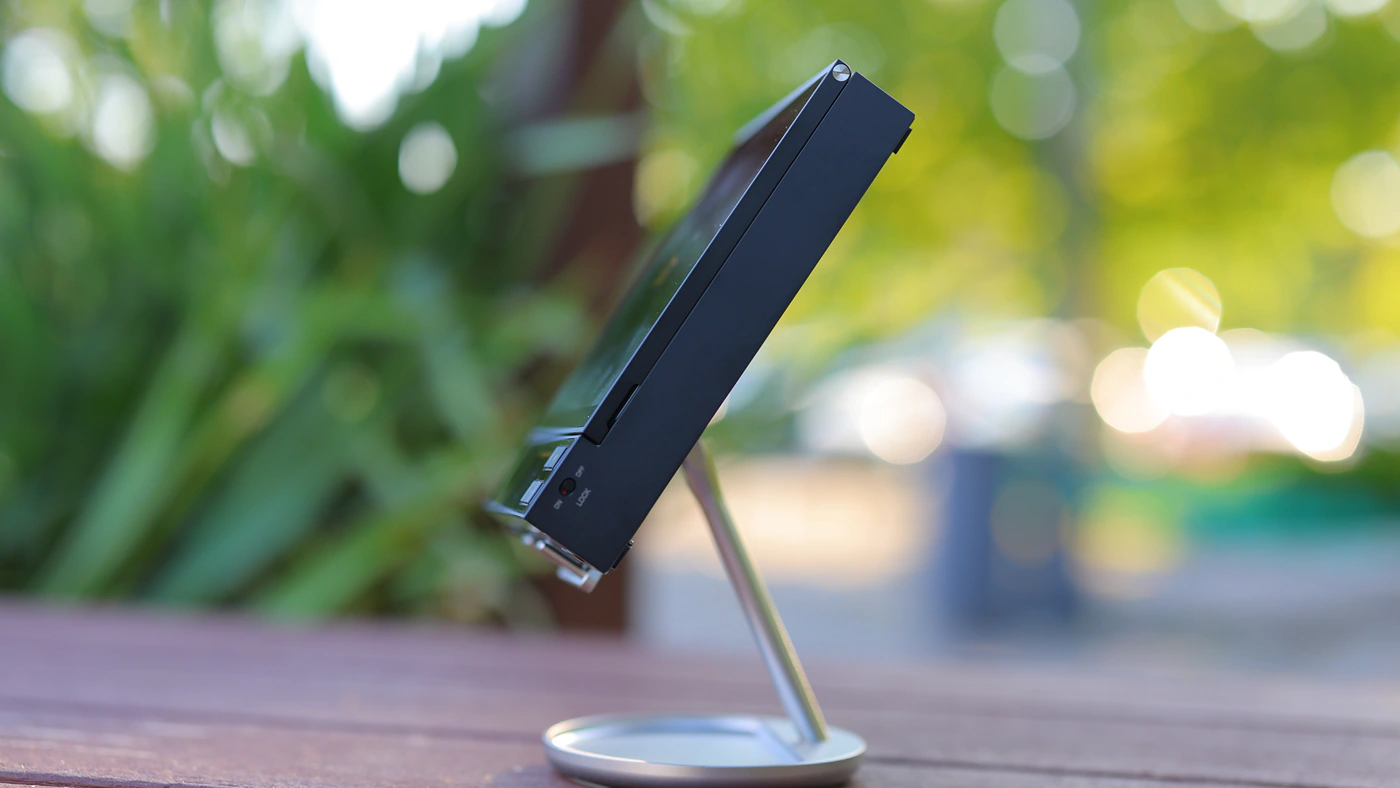
Connectivity is more interesting, because you can stream your CDs via high-resolution Bluetooth transmission, or use the EC Zero T as a USB DAC. Outputs include the 3.5mm single ended headphone output, 4.4mm balanced headphone output, 3.5mm and 4.4mm line outs at the back, digital output. You can use a separate power input to bypass the internal battery of the EC Zero T, and this turns it into a high-end DAC for your desktop.
If you want to use wireless headphones and IEMs, we see Bluetooth V5.3 along with aptX adaptive, aptX and SBC support, and USB DAC support with data rates up to 768 kHz / 32 Bit or DSD512. Weight of the CD player is 669 grams, and if you use the DC power input, it results in a higher driving power. Geeky technical data differs from the Tube Stage and the Solid State stage, and we have a vastly different quality and driving power between the 3.5mm headphone output and 4.4mm balanced headphone output.
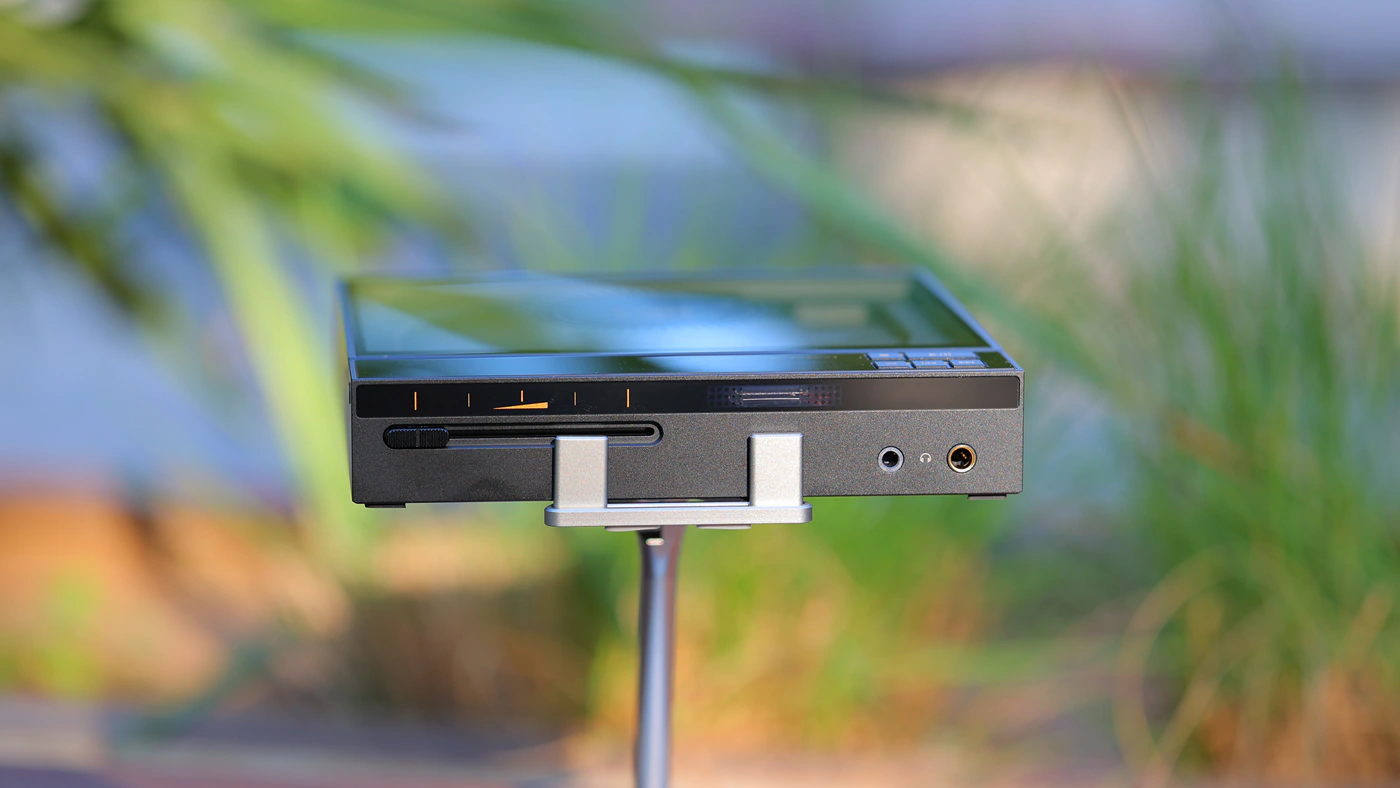
3.5 mm Headphone Output
Transistor Stage
Low Gain – 57 mW @ 32 Ω
High Gain – 158 mW @ 32 Ω
High Gain (DC power) – 330 mW @ 32 Ω
Tube Stage
Low Gain – 47 mW @ 32 Ω
High Gain – 158 mW @ 32 Ω
High Gain (DC power) – 268 mW @ 32 Ω
THD+N – 0.02 %
Dynamic Range – 116 dB
Channel Separation – 79 dB
SNR – 115 dB
Noise – 111 dB
Output Impedance – 4.7 Ω
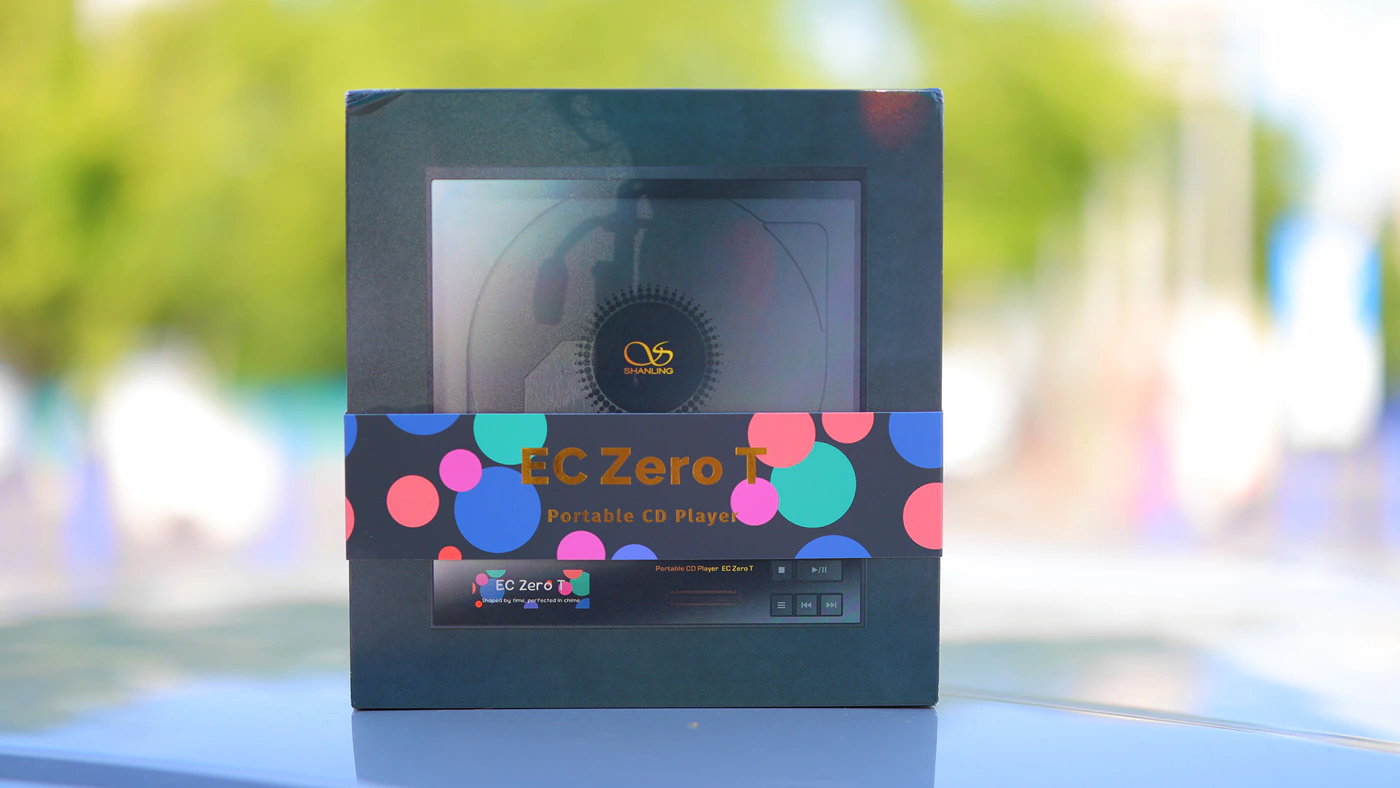
4.4 mm Headphone Output
Transistor Stage
Low Gain – 195 mW @ 32 Ω
High Gain – 551 mW @ 32 Ω
High Gain (DC power) – 1220 mW @ 32 Ω
Tube Stage
Low Gain – 195 mW @ 32 Ω
High Gain – 551 mW @ 32 Ω
High Gain (DC power) – 1087 mW @ 32 Ω
THD+N – 0.02 %
Dynamic Range – 117 dB
Channel Separation – 103 dB
SNR – 117 dB
Noise – 108 dB
Output Impedance -6.6 Ω
USB DAC And Subjective Usage
I have to start this review by saying that the Shanling EC Zero T is beautiful, this is what CD players would look like in your dreams if the world stayed high-end and used metal and glass to build their electronics. You can actually see the CD spinning inside which is mesmerizing, especially if with the right albums, and you can see the tube AMPs at the front lighting up, which adds to the glamour and fantasy romance of using the EC Zero T. Most of the control is done via the 5 buttons at the right corner of the CD Player, and the volume slider on the left frontal part of the EC Zero T. You can easily engage and disengage gain levels, tube mode, and OS / NOS modes, and while the display used is very tiny, it is enough, and you don’t often have something to set up.
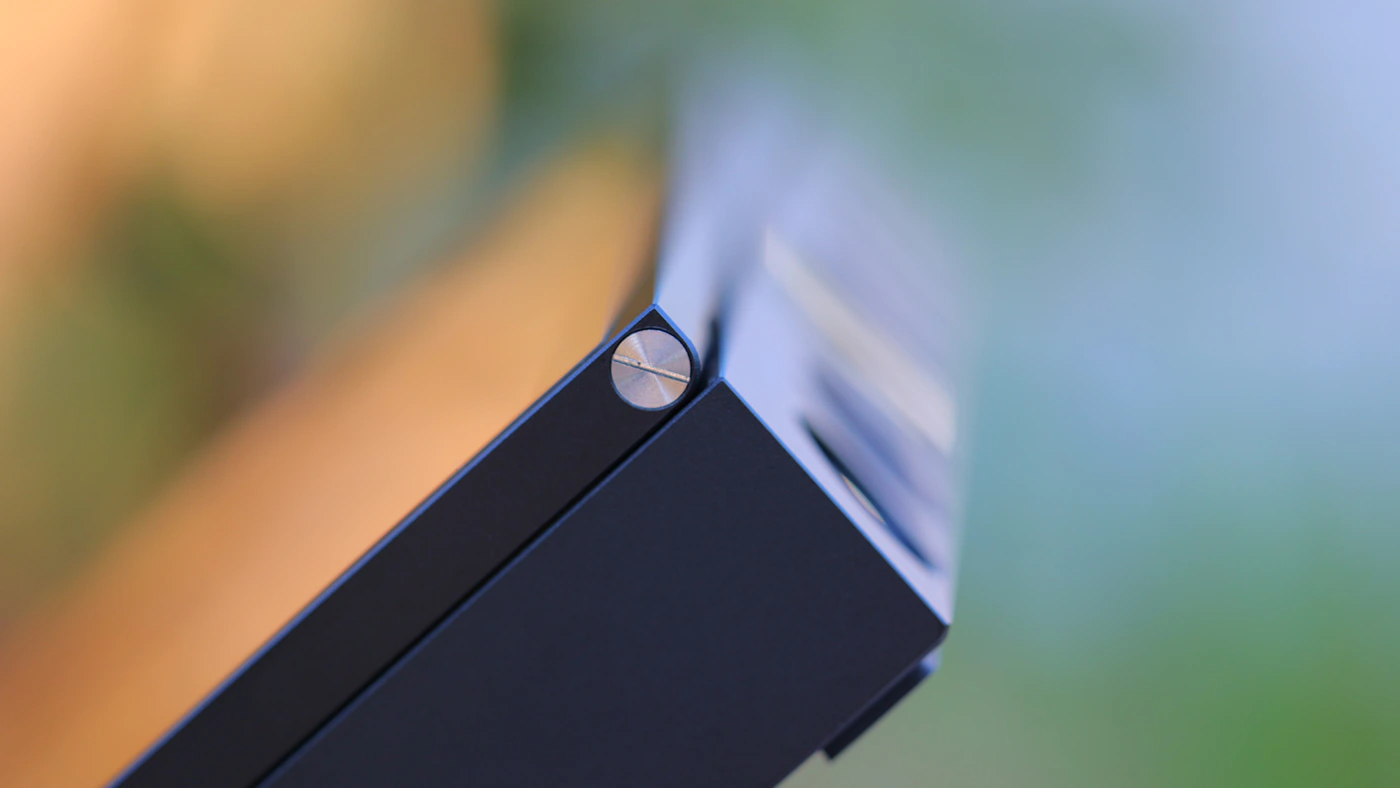
Power button is placed on the right side of the EC Zero T which is different from all the other buttons, and for the best sonic quality it is a good idea to engage the direct power delivery and use two USB cables, one for data and one for power, with the one for power being best if you can use an external power brick or battery rather than a second USB port of your computer. Of course, this is all if you’re using it as a USB DAC which I will naturally do a lot, as it helps explore a bit how well it handles music I already know and can directly compare it with other DAC AMPs.
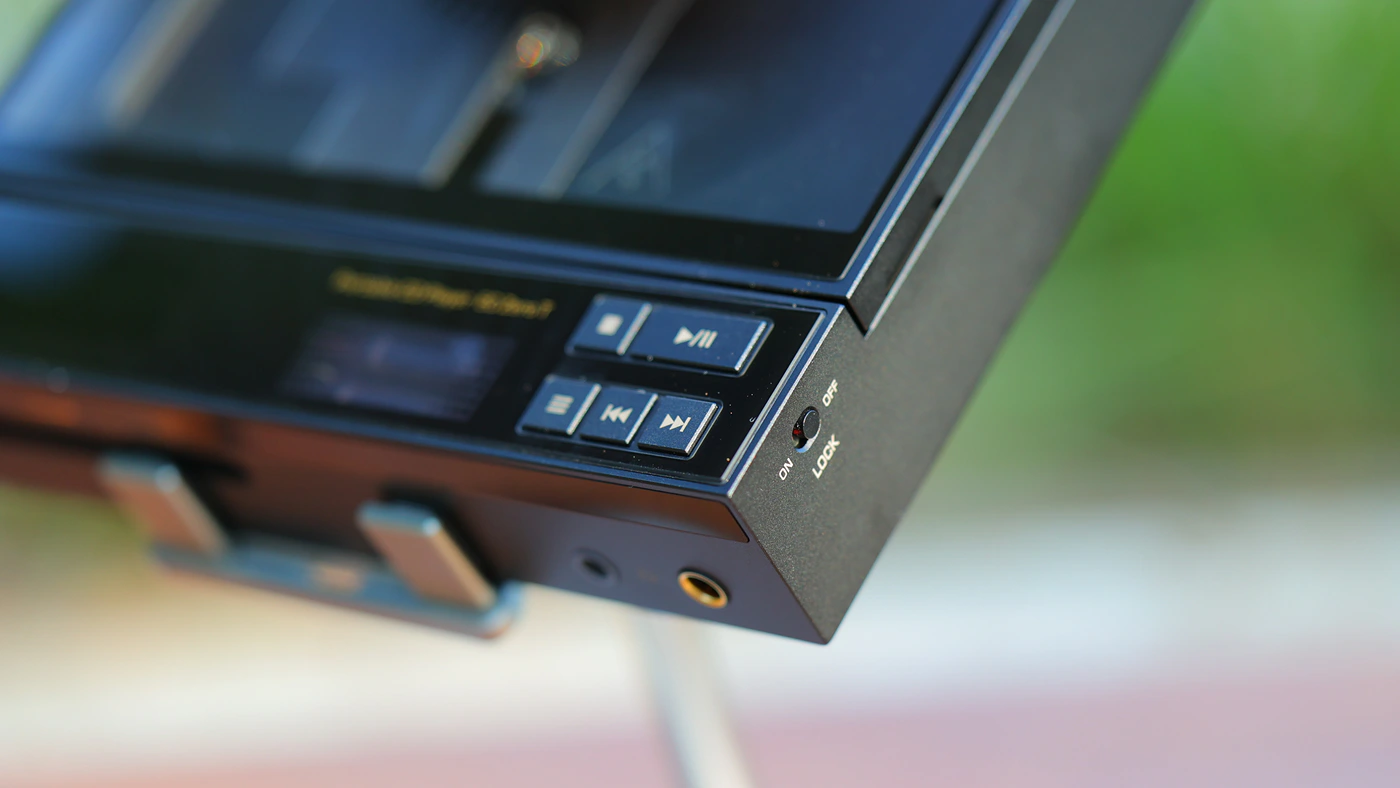
Despite having Tubes, EC Zero T stays rather cool and works flawlessly, and it is recognized by my computer with no additional drivers, although I may have some installed from other reviews also exploring Shanling products. USB DAC response is instant and there is no delay, plus the headphone amp part has no hissing or background noise with sensitive IEMs despite the rather high output impedance quoted on most websites. Overall, Playing CDs is flawless too and EC Zero T simply works. Tube mode, Switching OS and NOS, everything is stable and works super nice. If anything, changing volume is maybe a bit too easy, because you can too easily go from low to high at a light touch of a finger.
Sound Quality
Pairings and Match-up – Testing the EC Zero T is fun, and I’ve paired it with both full-sized headphones and IEMs, the list including Kiwi Ears Astral, Astrotec Archimedes, UM Unique Melody MEST Jet Black, Kiwi Ears Atheia, ZiiGaat Luna, Crosszone CZ-10 Enhanced, Erzetich Thalia, NF Acous NA20, Nf Acous NE4, Rose Technicz QT-X, Palma DHS-1, KBEar Cepheus, Crosszone CZ-8a Enhanced, Erzetich Mania V2024, Sendy Audio AIVA 2, Fosi Audio i5, Soundz Flame, Moritz Dragon and Audeze MM-100. All of those are driven fairly well, and EC Zero handles most loads fairly well, it has no audible noise with IEMS, and has a natural volume / voltage / power saturation curve, but it can have a somewhat low driving power for very hard to drive headphones like HIFIMAN Susvara Unveiled or HE1000SE.
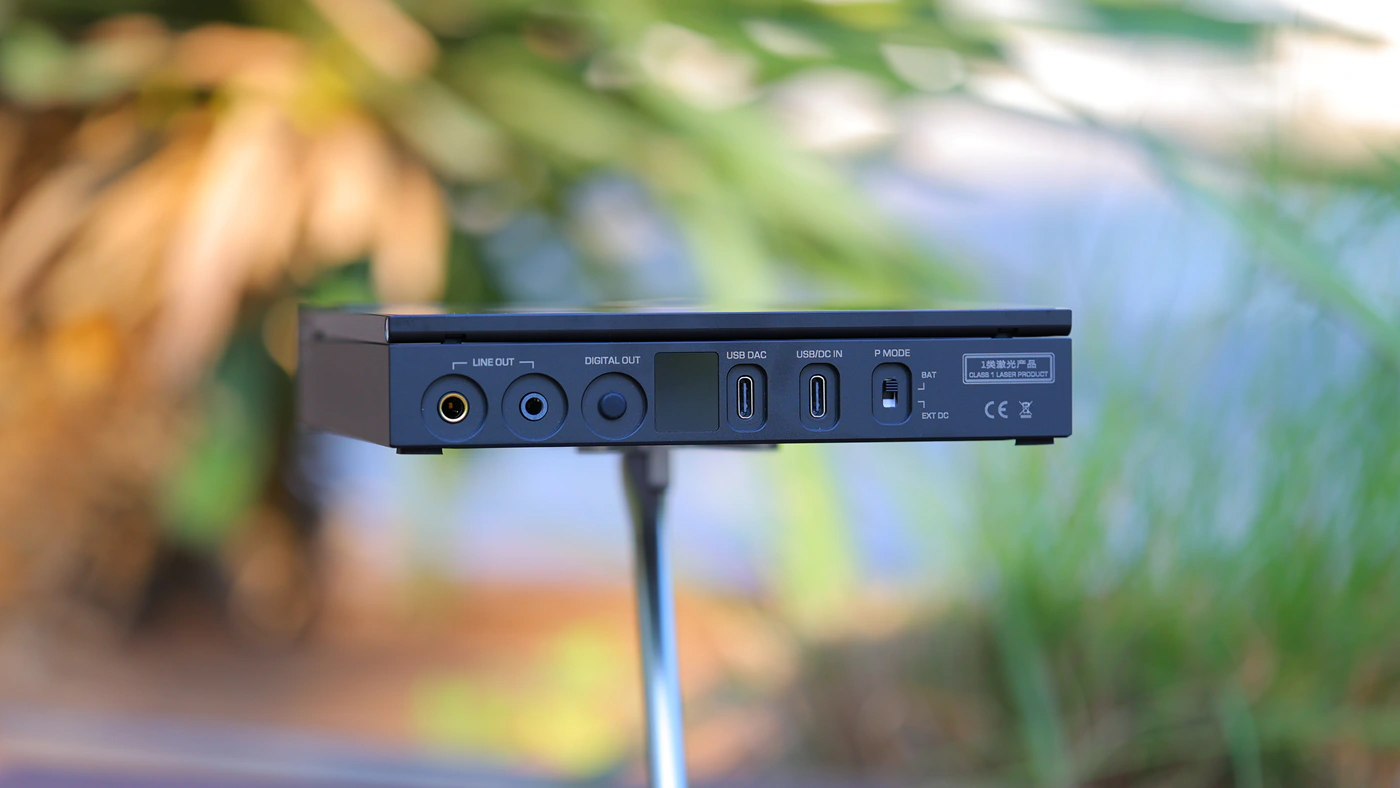
Overall Signature – Shanling EC Zero T sounds detailed, revealing, and has basically 4 sonic modes that you’d have to consider. OS-Tube, NOS-tube, OS-SS and NOS-SS. Although most R2R DACs sound rather soft in NOS mode, EC Zero T sounds smoother and more controlled in OS mode and the NOS output can be grainy and a bit harsh, not really soft as we’ve seen with most R2R DAcs out there. This is not an issue, but more of a taste thing to consider. Bass impact is much tighter and more controlled in OS mode, slower and with a longer decay in NOS Mode. OS mode also has a brighter, more open treble with a better extension, while NOS has more treble roll-off. Tube mode has the usual added distortion, and while it adds a bit of extra warmth, Shanling implemented the solid state mode with a tight control, crisp sound and deep bass, instead of the usual bright and cold SS sound we see, so for most of my testing I’ve been enjoying the EC Zero T in the most uninspiring modes for its design, Solid State with OverSampling, basically the brightest it can get, as even so it is plenty warm, has plenty of bass. The main reason I go for such a combo is the lowest distortion and tightest control, widest soundstage and most fun sound in this mode.
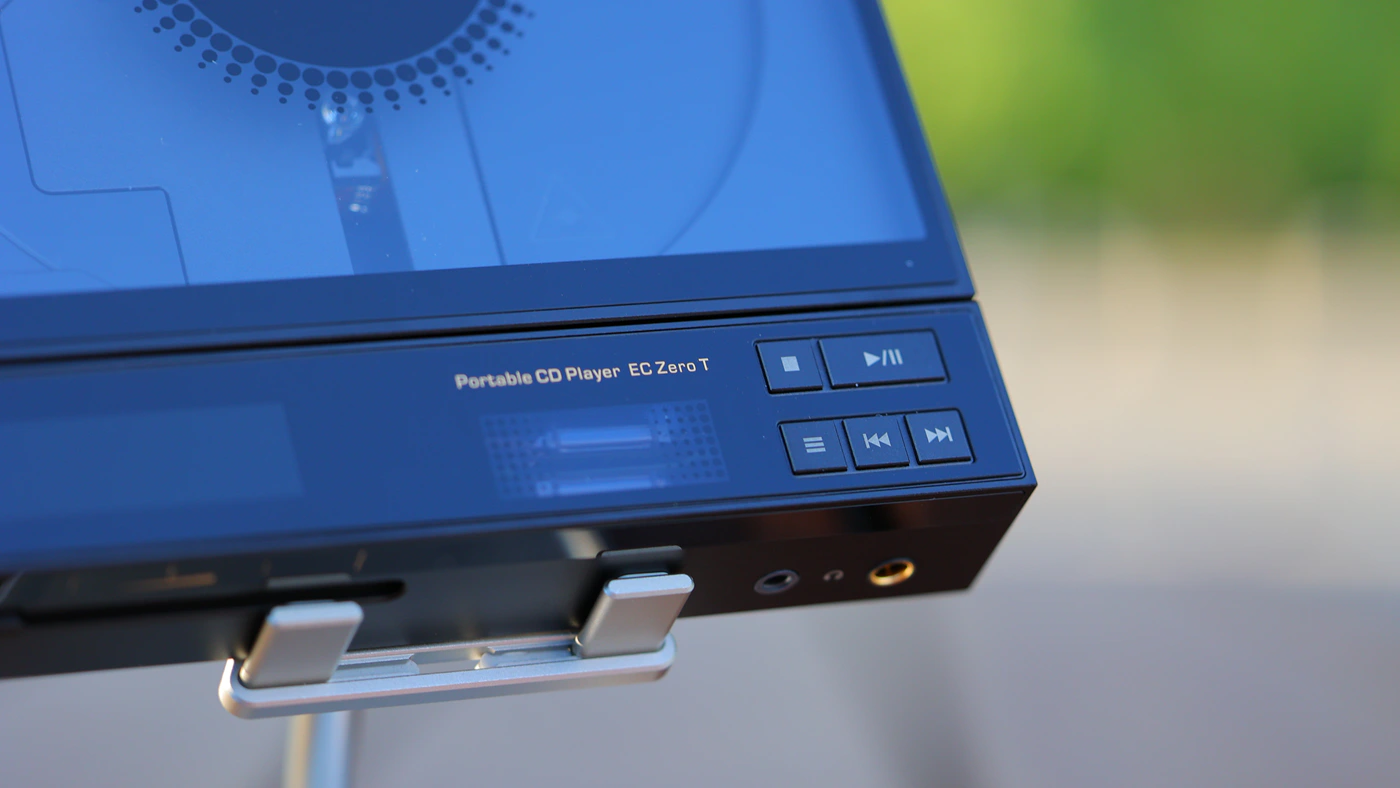
To keep things clear I want to mention what the abbreviations mean
OS – OverSampling
NOS – Non OverSampling
Tube – Tube mode for the headphone AMP
SS / Solid – Solid State mode for the headphone AMP
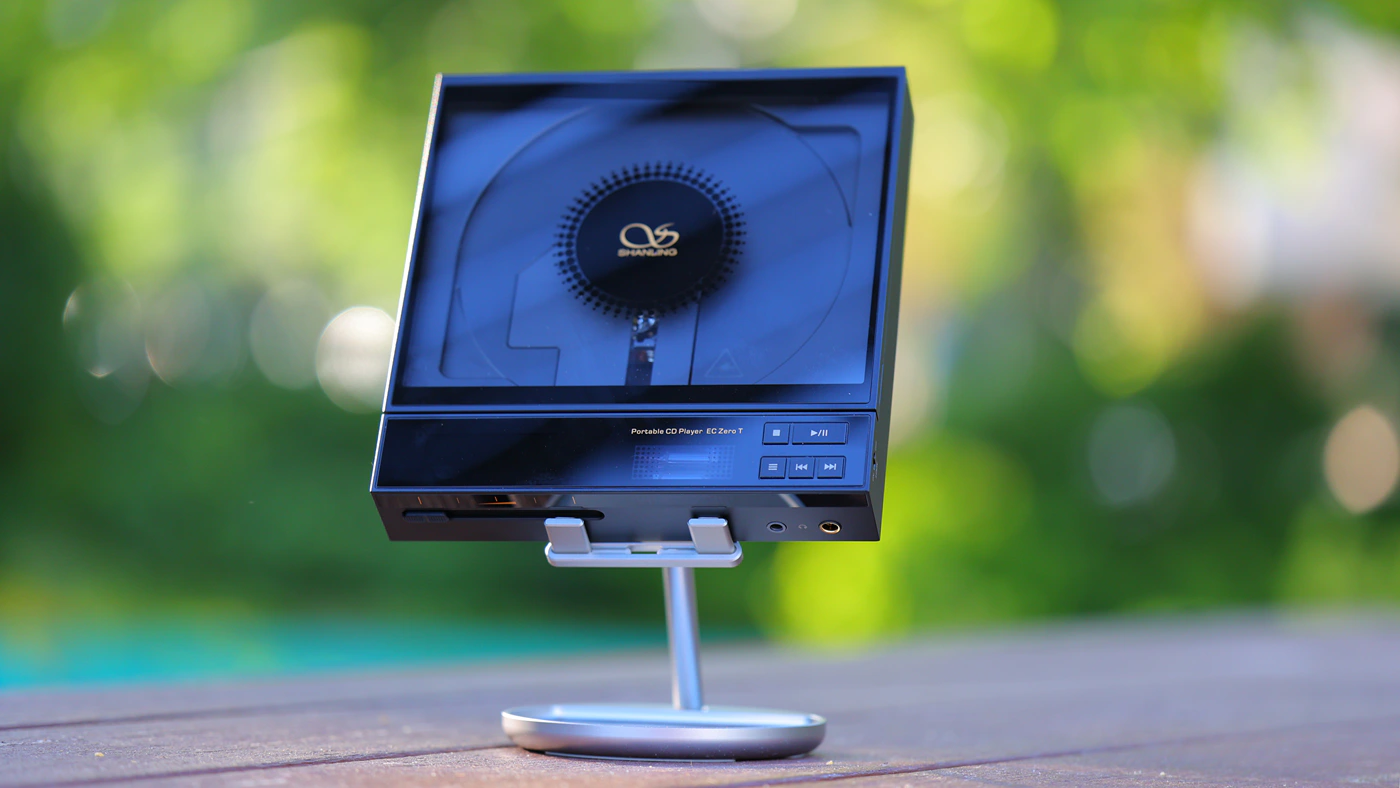
Bass – Starting from the bass, I prefer the tighter, punchier, more thunderous bass that the OS mode has with Solid State Amplification, as in Tube mode it has a bit too much texture, and bass is looser. This can work well for certain music, or headphone / IEM combos, but in solid mode, sound is quite tight, bass reaches 20 Hz, and is thunderous, raw and voracious in its impact delivery. This works well for Pop, EDM, Dubstep and most music styles, even metal. NOS mode actually also has a slower, more bloomy bass, but everything is very relaxed and laid-back lacking the engagement factor that the OS mode can bring to the sound.
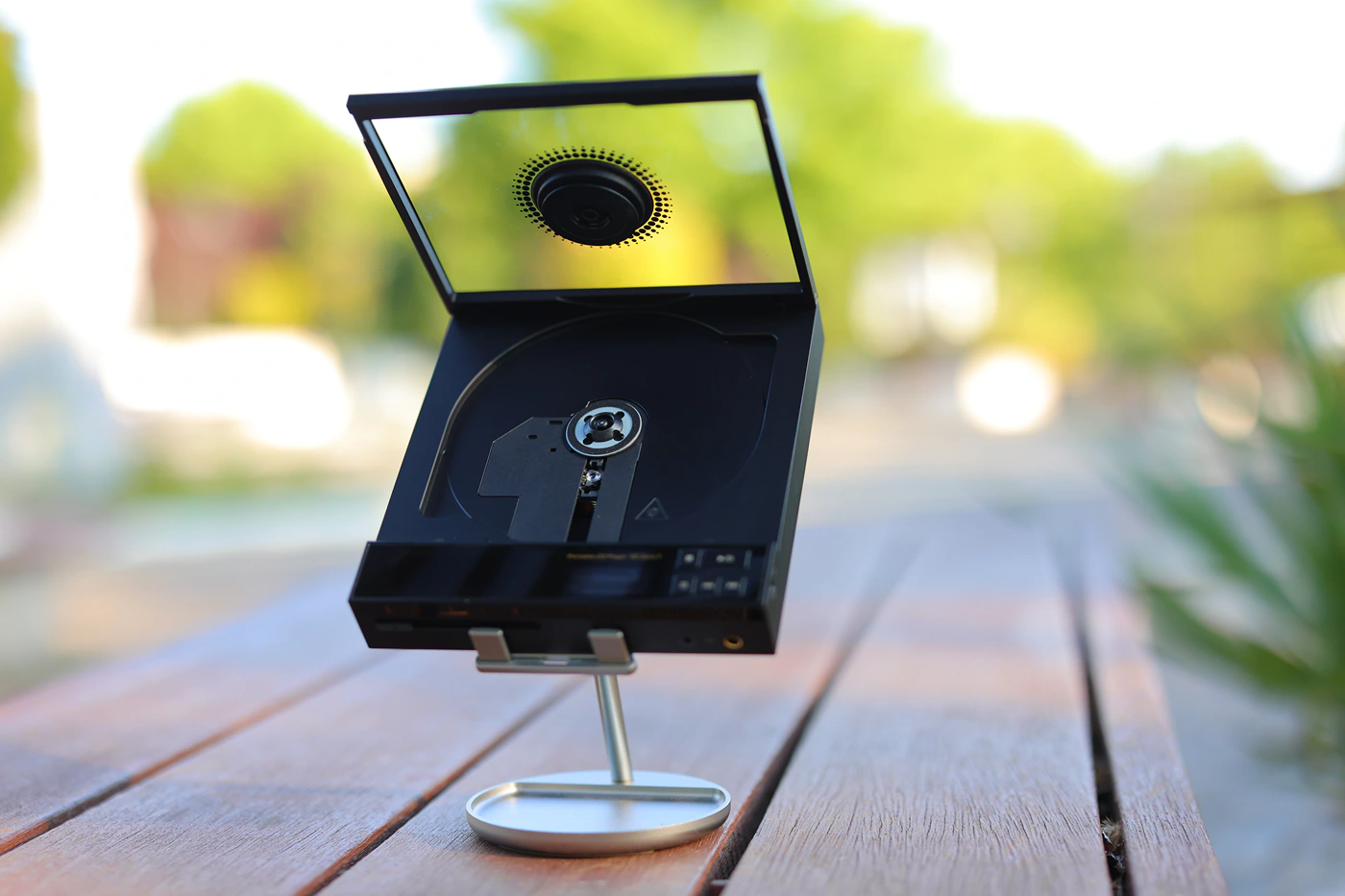
Midrange – midrange is most precise, sweetest and most detailed in the OS mode with Solid State, while using tube adds quite a bit of extra texture and distortion to the midrange. I mostly prefer the sweeter, more controlled mode of the solid State, and the difference between nos and Os here is that NOS sounds quite laid back, relaxed and pulls back some vocal energy and instrumental energy too, resulting in a highly relaxing sound that lacks the edge of the OS mode. Despite the OS mode theoretically being more aggro, it is smoother in textures than NOs, which can be a bit grainy at times. EC Zero T has a generally warmer midrange but with a bit of extra upper midrange / lower treble attack, giving female voices a sweeter, more vivid presentation, while keeping male voices deep and vigorous.
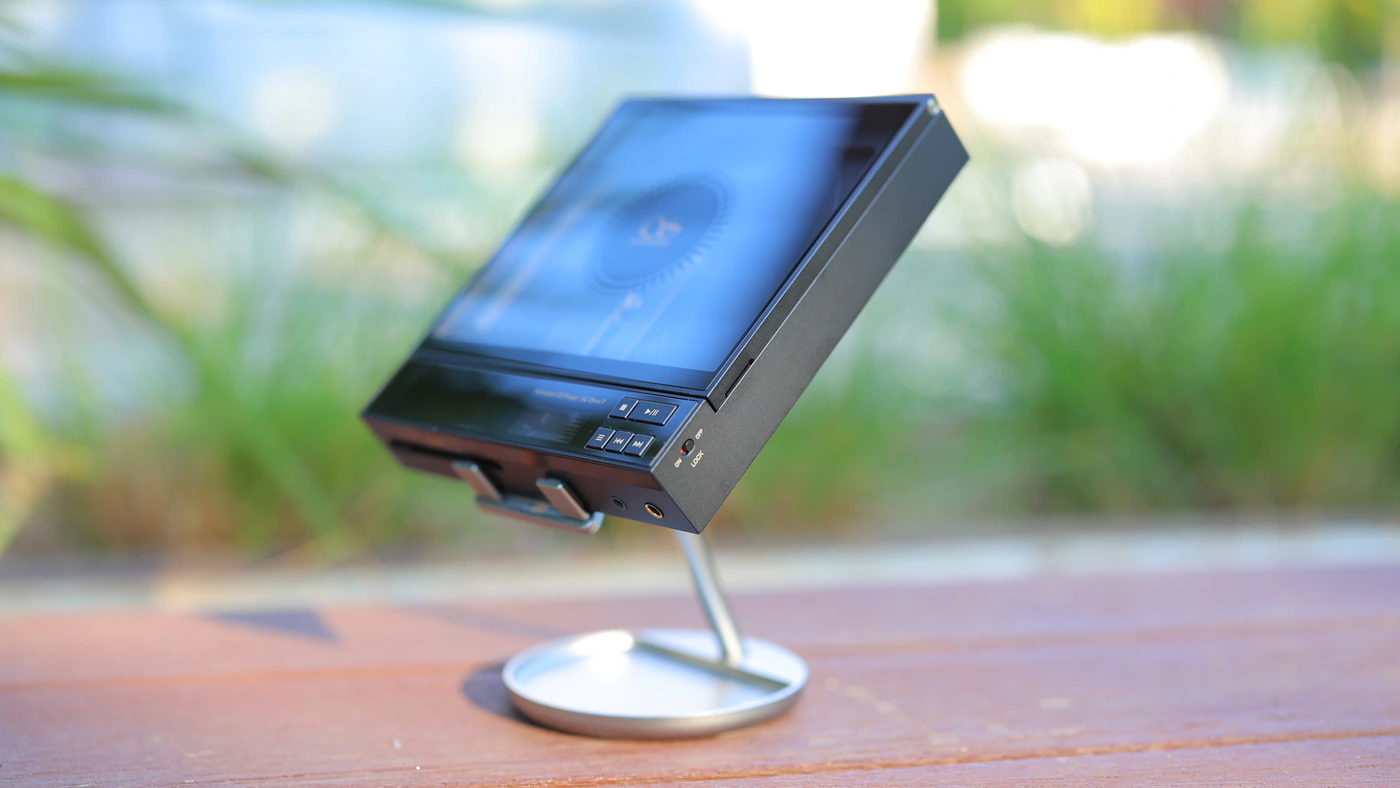
Treble – At the top end, we have a crisp treble in OS mode with Solid State, but this treble changes drastically in NOS mode which rolls it off early, resulting in a rather relaxed and absent treble but which somehow is also a bit grainy. Tube mode adds even more grain, more texture, it is a rich texture, but it can lack the tightness and precision, sparkle and impact of the solid mode. For rock and metal, Solid with OS works really well, while for old rock and slow music, nos and tube modes give music a fun, easy time.
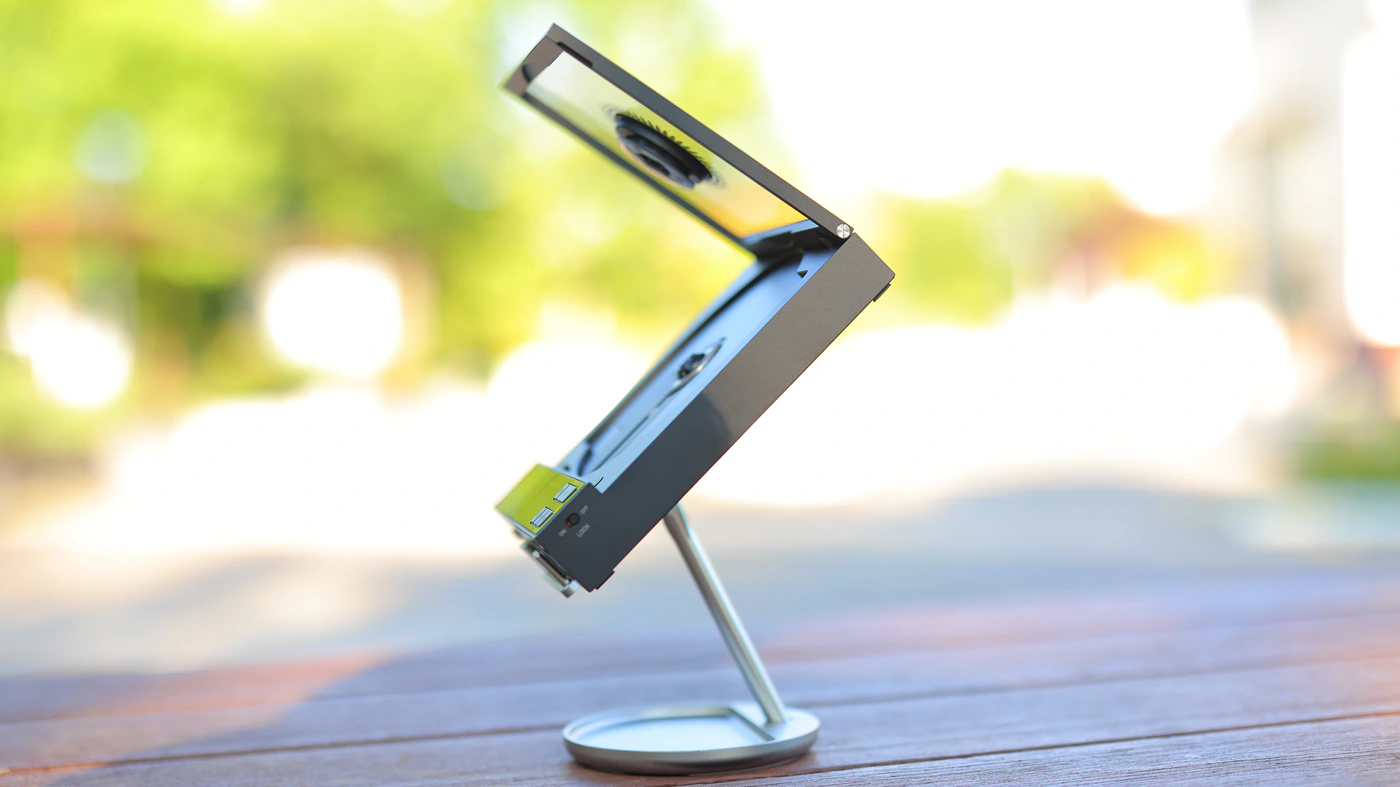
Dynamic Range And Textures – While we’ve spoken quite a lot about textures and distortions, the dynamic range is also affected by the modes, and OS mode has a higher dynamic range, more impact, while NOS mode has a less dynamic, less engaging sound. The same happens with tube vs solid modes, tube mode has a lower dynamic range, everything sounds a bit loud and out of control, which is by design as triodes are made to have a looser control, while solid mode has a much tighter control, lower distortion and a higher dynamic range.
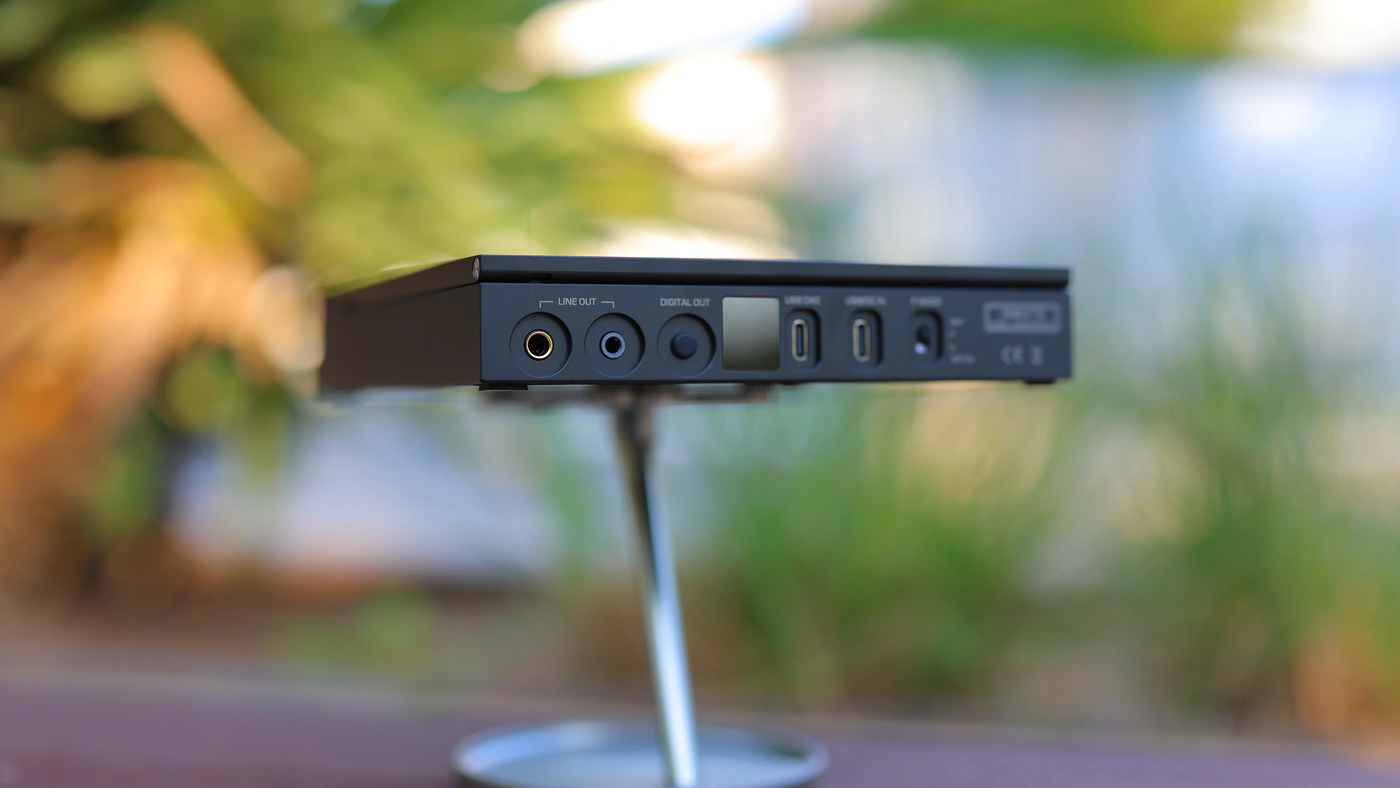
Loudness Saturation Gradient – While I cannot say that I’ve heard the background noise, the rather high output impedance is audible with IEMS when it comes to the voltage power saturation gradient, music is quite loud even at low volumes. For hard to drive headphones, you have more than enough power, and the sound will get loud easily. Most headphones are driven really well too, but Solid mode has a higher current and more driving power than tube mode, tube mode works better with high impedance headphones while solid mode has a tighter control with planar headphones and is more versatile.
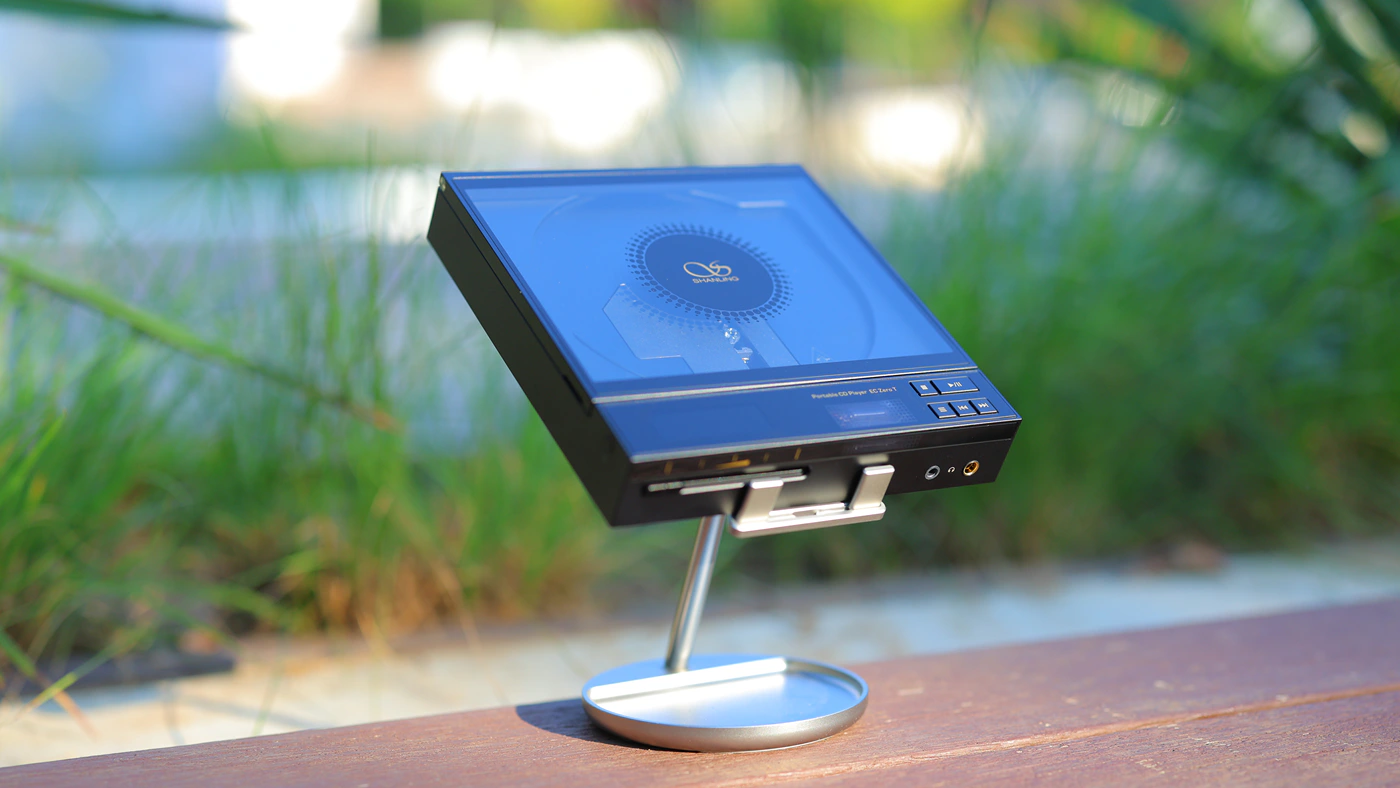
Soundstage And Instrument Separation – Shanling EC Zero T has a generally wide and holographic soundstage, it has a strong instrument separation and layering. There’s no clear bias, although most of the time it brings voices forward in the mix, gives them a bit of extra brilliance, together with the bass guitars in the 1st row, while allowing everything else to expand more in the background. The most recessed element in the Zero T signature is the cymbal crash which is always pulled in the background.
Comparisons
Shanling EC Zero T vs Burson PlayMate 2 (589 USD vs 544 USD) – Burson worked a lot to lower the background noise with IEMs and to give their AMPs more volume control, and to make them warmer, but while with EC Zero T you have 4 sonic modes from the factory, with Playmate 2 you can replace the Op-AMPs, also giving you access to around 10 sonic modes (the highest number of different OP-AMPs that I could find), with around 3-4 high-end options, but each option can cost quite a bit, sometimes the whole number costing more than the PlayMate 2. Beyond this, both have good driving ability and can work as a USB DAC with no delay, but PM2 has an RCA line out, while EC Zero T has a standard 3.5mm and balanced 4.4mm line out ports, and the most important aspect, EC Zero T has an R2R DAC it is at the core a CD player, which burson is not.
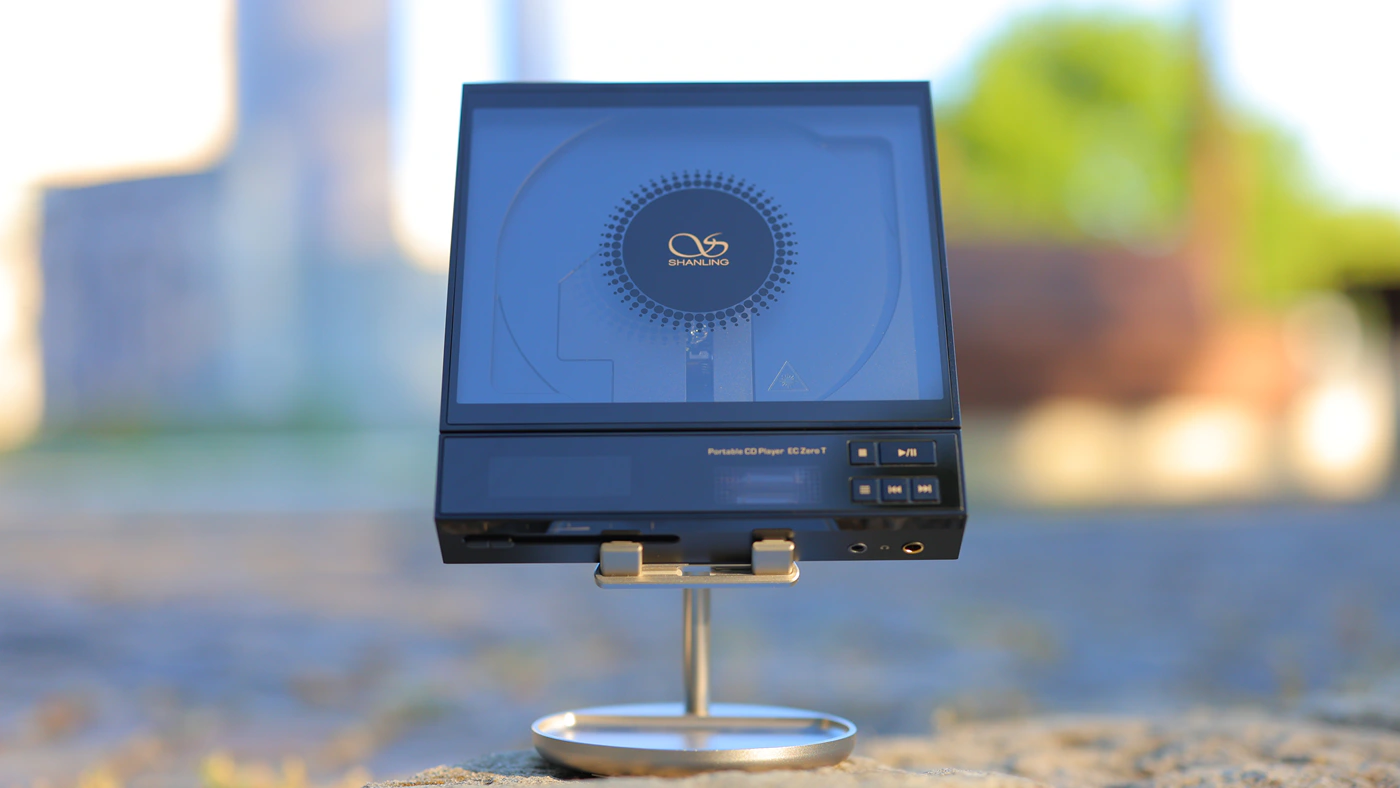
Sonically, both have a bit of warm tilt, but EC Zero T can reveal more information, sound more technical, more revealing in the Solid OS mode, or softer, gentler, more rolled off and richer in the tube distorty mode if using Tube and NOS. Out of the two, Burson is a more traditional choice, but you literally have the same functionality, minus a bit of the extra driving power in EC Zero T, but plus a high-quality CD player function. Burson is great if you own Audeze LCD-5, or HIFIMAN Susvara, which it can drive nicely, but EC Zero T will do well for easier to drive headphones (most of them) and IEMs.
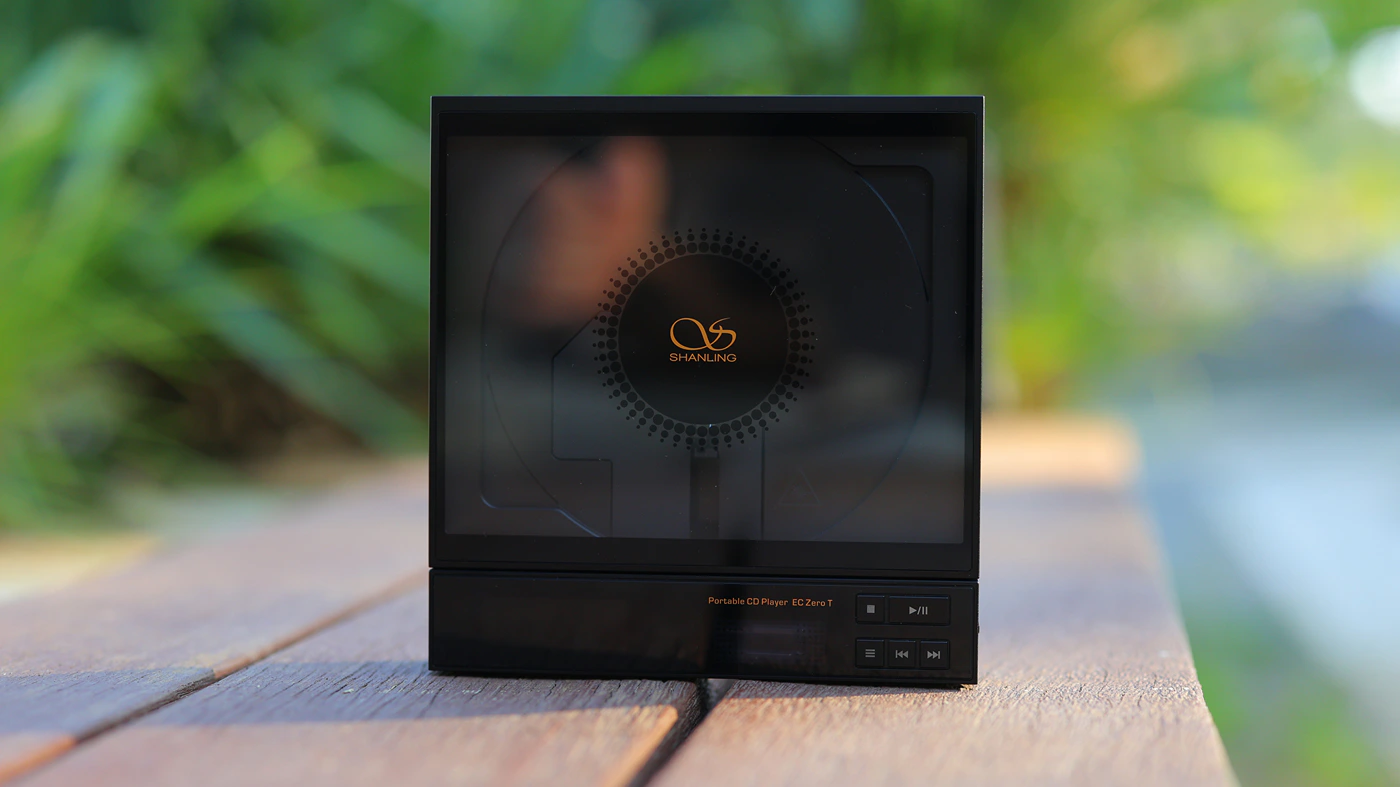
Shanling EC Zero T vs Rose Technics RT-5000 (589 USD vs 699 USD) – RT-5K is a nice DAC AMP, it has more usability, has XLR balanced line outs, and also a rather strong headphone output. EC Zero T has a lower background noise with IEMS, lower background noise with headphones, and has a CD Player function, it is better for portable and headphone usage, while RT5000 is great for desktop usage as the center piece of your stereo system. RT-5000 is one of the very few DAc AMPs that have some kind of strong coloration for their DAc output, white EC Zero T sounds rather transparent for the line outs at the back.
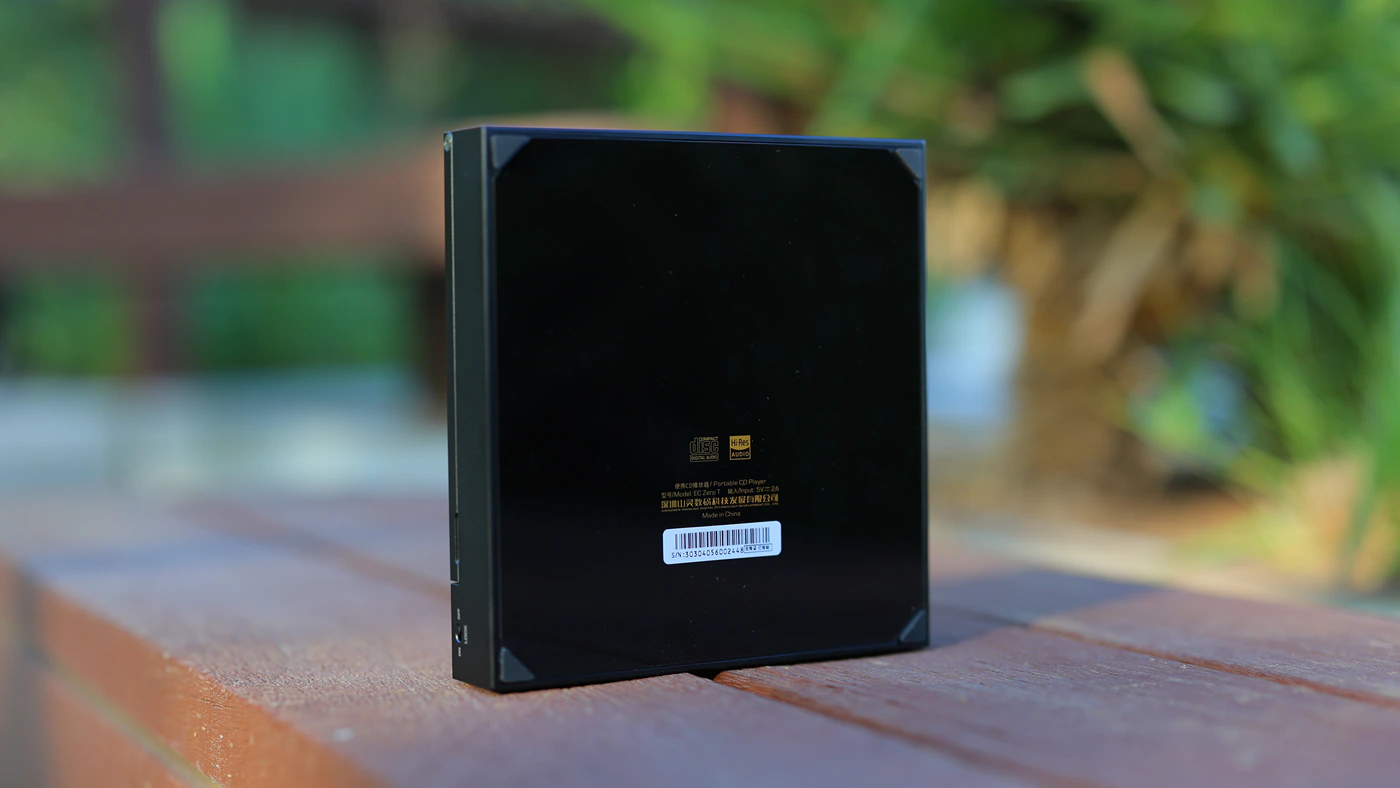
Sonically, RT-5000 is quite a bit thicker, warmer, has more impact, more power and a deeper, more powerful sound. In contrast, EC Zero T sounds more neutral, sharper, tighter with more control, a higher resolution, but much less warmth and bass bloom compared to RT-5000. If you need to drive very hard to drive, both can struggle at the level of susvara and LCD-5, but both can drive most earphones and headphones just fine. For a warm thick wooly sonic, RT-5000 is your choice, while for a more neutral, less colored sound, EC Zero T would be your guy.
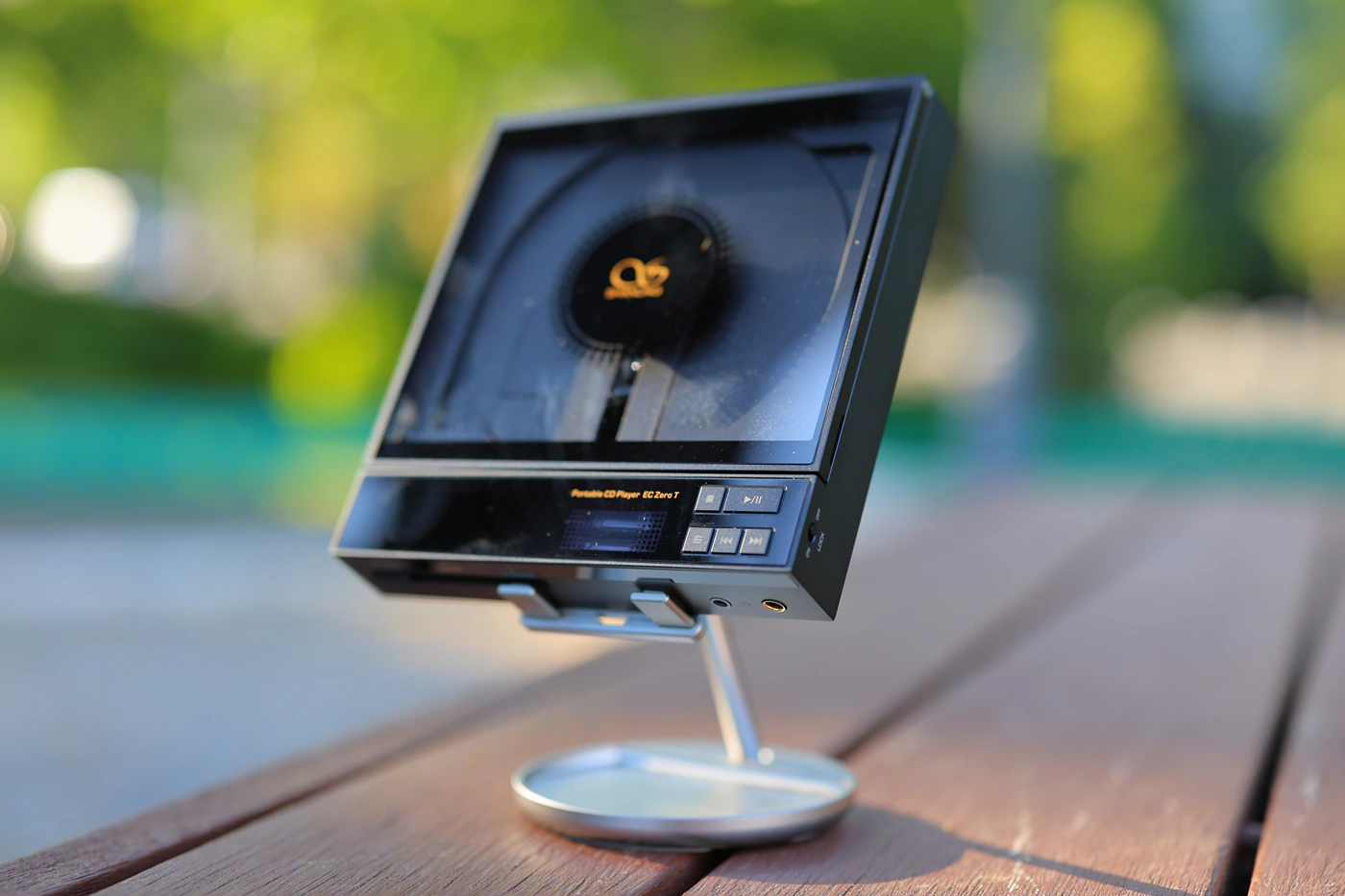
Shanling EC Zero T vs JDS Labs Element IV (589 USD vs 549 USD) – I just reviewed Element IV and loved it to bits, but there are some key differences. From today’s list, it is the most directly comparable device to EC Zero T, but each has its own strength. Element 4 has a higher maximum driving power, similarly low noise for earphones, but Element Iv has an advanced EQ while EC Zero T is a CD player. Both have zero delay and work similarly, but Element 4 has RCa line outs at the back, and auto gain switch which Zero T replaces with Tube and R2R AMP for having a similar degree of features.
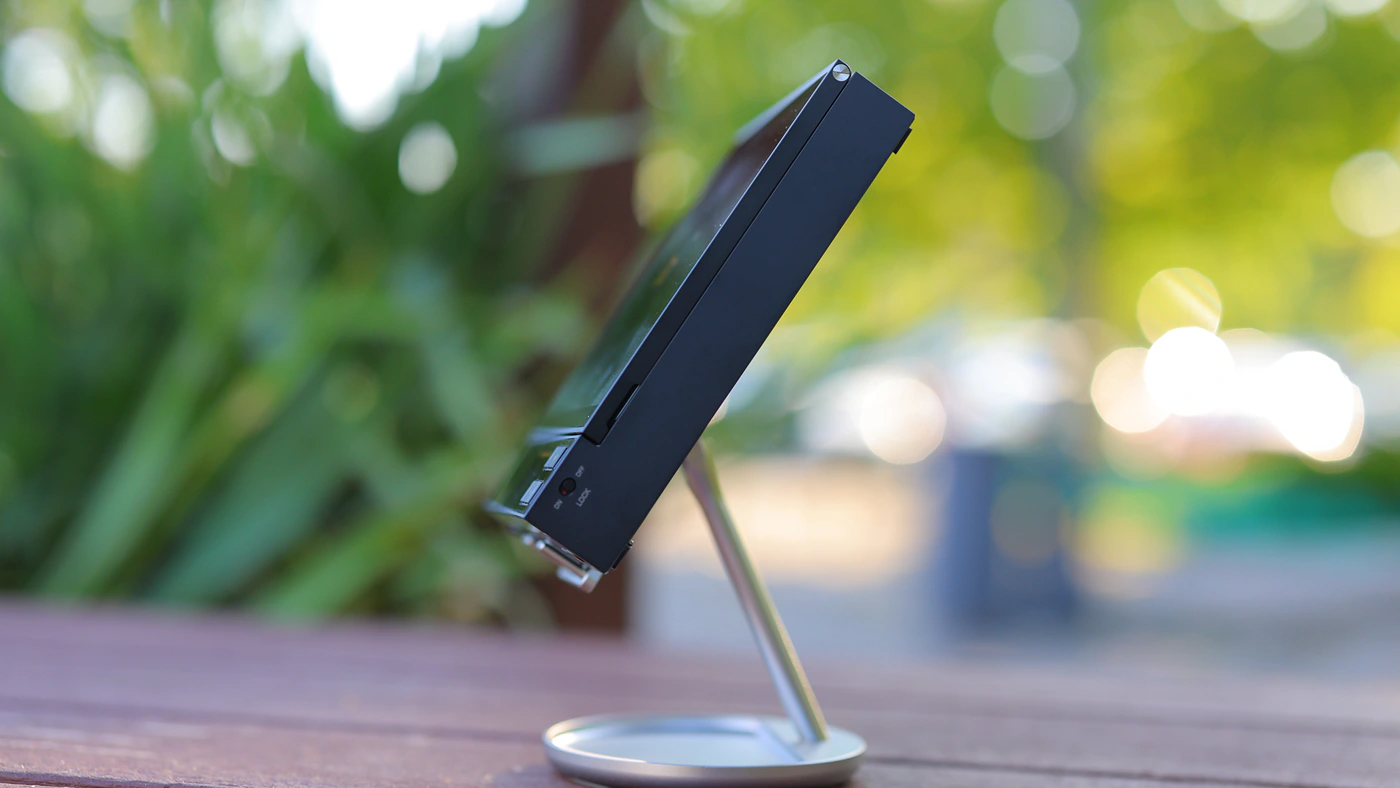
Sonically, Element 4 is more transparent, a bit more controlled, less bright and sharp and generally a flatter, more neutral listening experience, while EC Zero T is more dramatic, has more sonic modes out of the box and requires you to know less about complex EQ to get it going. EC Zero T has a warm tint in the bass and midrange, while Element Iv has a neutral presentation in both. Treble presentation has a brighter, more linear sound for Element Iv, and it is more easily colored by the mode for EC Zero T. Choice here depends on what you need, EC Zero T has CD Player at the core, it is portable, while Element 4 needs a power outlet, has a large power transformer, it is made for desktop but has a higher driving power, and a more linear sound with advanced EQ options.
Value and Conclusion
With a price tag of 589 USD, Shanling EC Zero T has more usability than most CD Players or DAC AMPs in this price range, and it has a capable R2R DAC inside, Tube and SS AMPs, along with a portable CD player with battery, it is insanely versatile, beautiful and works well, with having both enough power for most full-sized headphones and a tight control for IEMS, basically delivering more performance than the market usually sees from a CD player in this range.
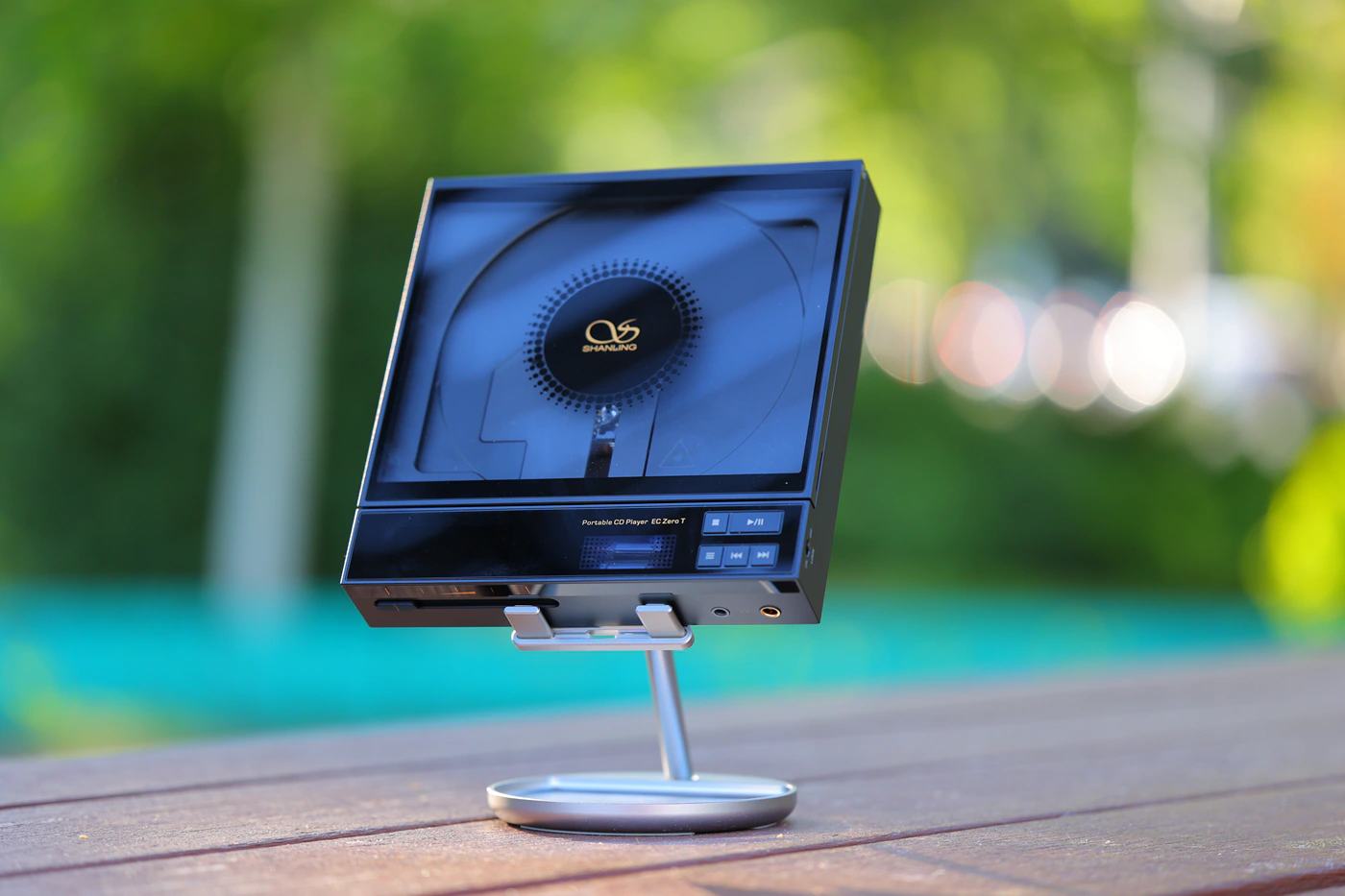
At the end of the day, Shanling EC Zero T is perfect for you if you need a high-end CD player, but also if you need a USB DAC AMP and you’ll only rarely be playing CDs, it is a fun time even if you just need a headphone DAC AMP, or a desktop DAC, a good versatile recommendation if you want to experience R2R DACs and Tube headphone AMPs.
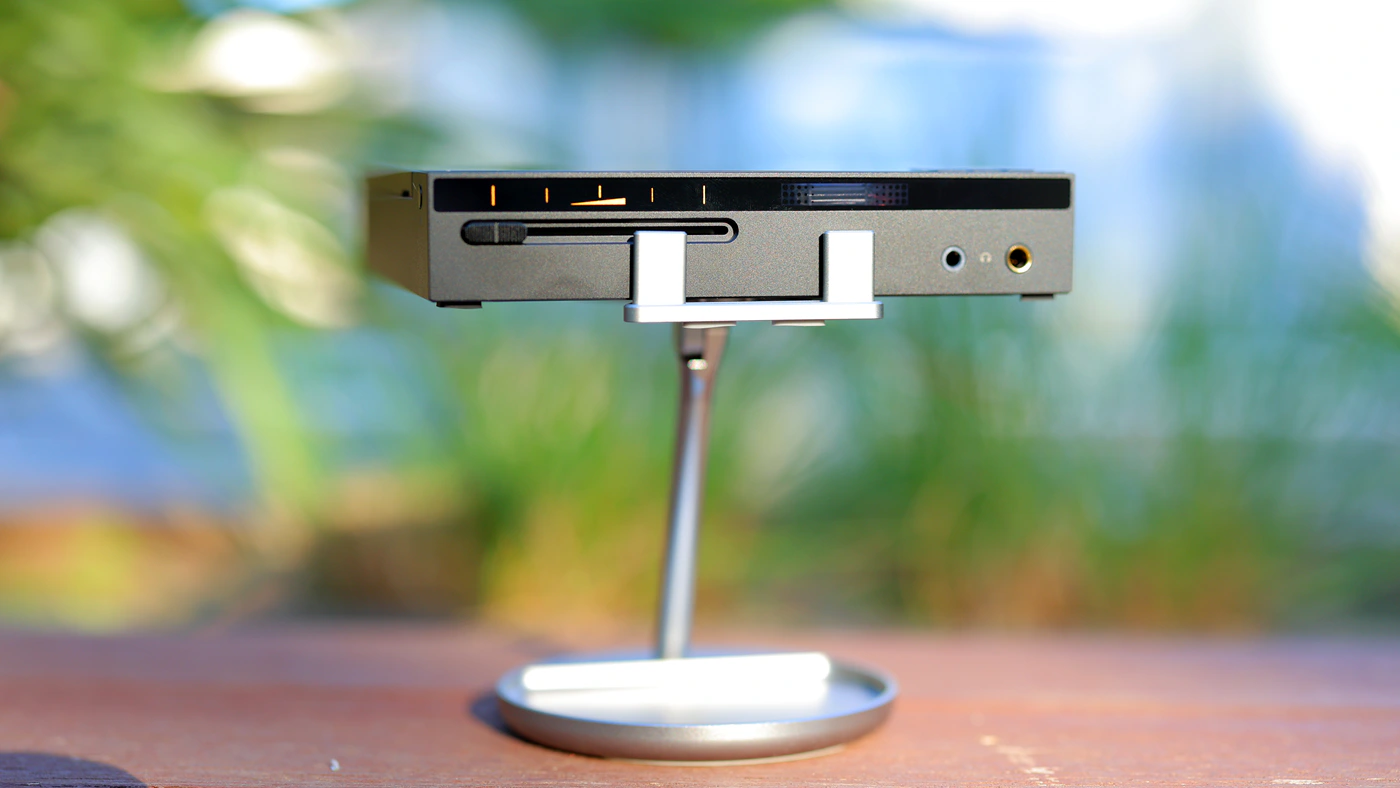
PROs
- One of the most versatile and complete CD Players, which also allows you to use the R2R DAC and Headphone AMP with your computer
- Has Bluetooth connection for your headphones and IEMS
- No audible noise with IEMs
- Good driving power
- Tube Headphone AMP
- R2R DAc chip with both OS and NOS Modes
- Beautiful to look at
- Can be used in a full desktop mode
- Revealing, clean sound with a strong bass
- Very detailed and with a good instrument separation
- Wide and holographic soundstage
- Small but effective display
Cons
- Volume control is not ideal, that slider can be too sensitive and would either need more damping or a different mechanism
- Tube mode has a considerably lower driving power than Solid state mode
Product Link
Amazon – https://amzn.to/45R5eGr
Aliexpress – https://s.click.aliexpress.com/e/_okQRt4h
--- Please remember to stay safe, and always have fun while listening to music!---
- If you have a dime to spare, please donate, and help us! It would make the day brighter for me and my wife-
Full Playlist used for this review
We listened to more songs than those named in this playlist, but those are excellent for identifying a sonic signature. I recommend trying most of the songs from this playlist, especially if you’re searching for new music! The playlists are different for Spotify, Tidal and Youtube, and based on the songs I enjoy and are available on each!
https://www.youtube.com/playlist?list=PL_cjBXGmwSHSdGcwuc_bKbBDGHL4QvYBu
https://open.spotify.com/playlist/5J3oloz8Riy9LxEGenOjQ0?si=979ba4f082414be7
https://tidal.com/browse/playlist/330fd544-8e5b-4839-bd35-676b2edbb3d5
--- Contact Us ---






Hi What is the stand that is being used to display the Shanling ec zero t ?
ddHIFI HS110 – https://www.audiophile-heaven.com/2024/11/ddhifi-hs110-desktop-stand-united-force-x-music-support.html